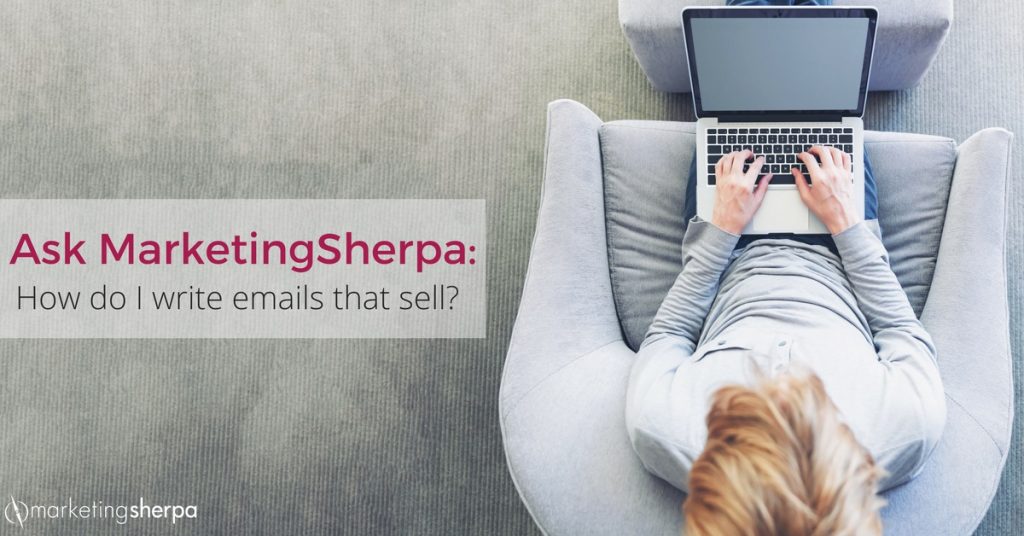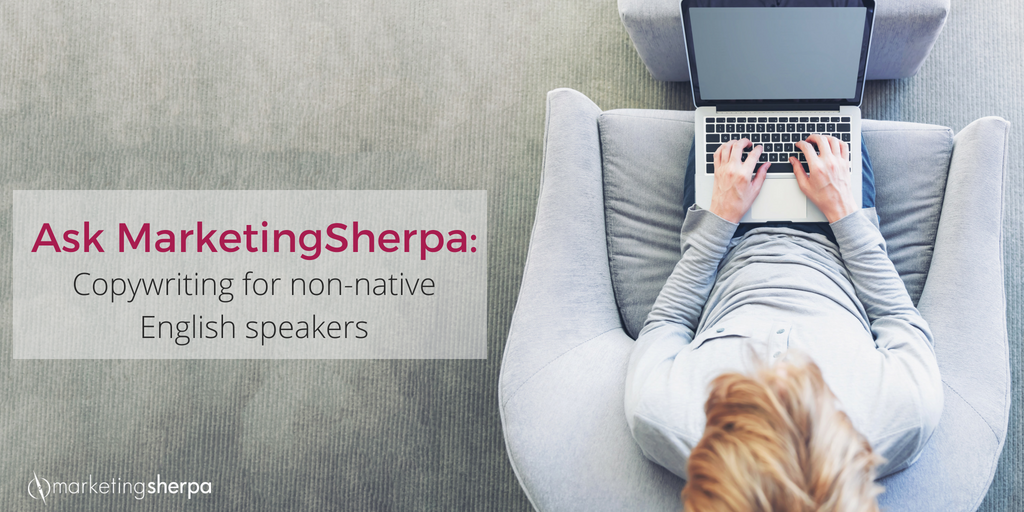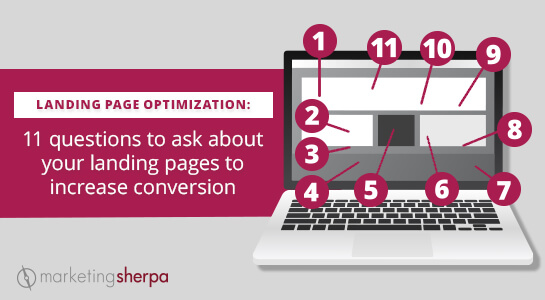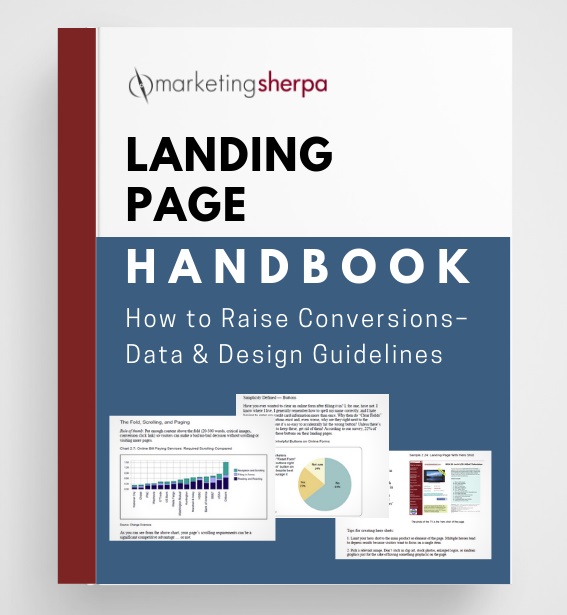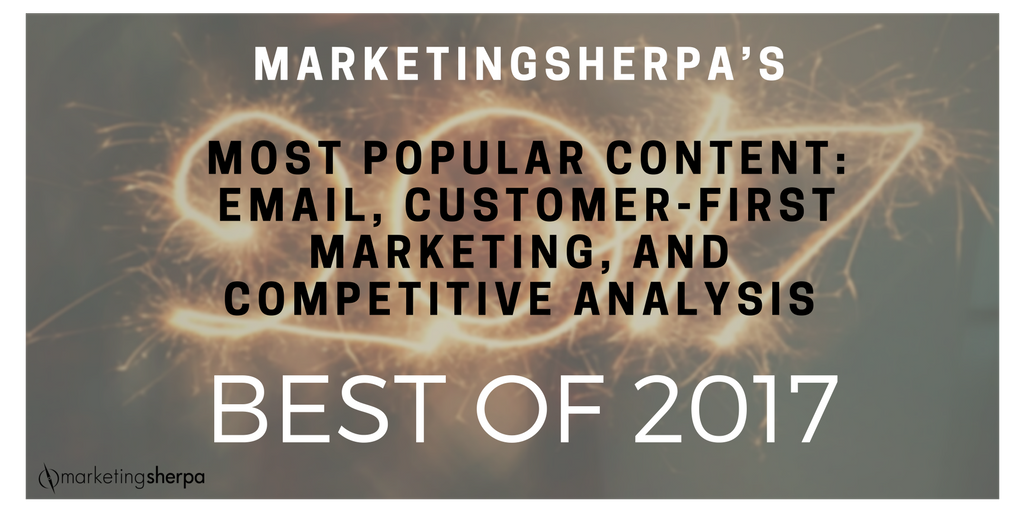Ask MarketingSherpa: Making a career shift (to B2B copywriting)
We frequently receive questions from our email subscribers asking marketing advice. Instead of hiding those answers in a one-to-one email communication, we occasionally publish some of them here on the MarketingSherpa blog so they can help other readers as well. If you have any questions, let us know.
Dear MarketingSherpa: I came across your organization because I was searching for data showing which/what kinds of companies and industries care most about well-written marketing copy, in all forms.
I am taking on a career shift from many years of Software Engineering and Project Management, and I am targeting B2B copywriting, with a niche somewhere in the high-tech sector. I know that is too general, as just about every company today is facing high-tech challenges whether or not they know it, and I need to go much narrower.
Admittedly I am in the early stages of this transition, but I am trying to focus my efforts as much as possible. My thoughts are to eventually produce materials such as white papers, case studies, explainer video scripts, but those require more expertise and track record than blogs, short articles, etc., which is where I feel I could start. At this point I’m very open to any start. I’m planning to get a website up and start posting some blogs on it, but I’m researching how I want to do that, too.
But back to Marketing Sherpa — As I make a wide scan of potential clients it occurs to me there will be many people who just don’t care and don’t need clean, coherent, well-organized copy. I don’t need to expend my efforts there. At the other end of the spectrum there should be people in industries where the slightest misstatement or grammatical error can sabotage one’s attempts. That’s where I want to work.
I would welcome any suggestions you might have on this point, and since I am still such a green twig in this new field, any other counsel would be great. Do the ideas I have laid out above sound sound?
Thanks in advance!
Rob Tompkins, PMP, CSM, LSSGB
Allen, Texas
Dear Rob: Thanks for your question. If you’re looking to break into B2B copywriting, the number one skill set you must prove is that you can write effective copy. And the clearest way I know to do that is to write effective copy. Here are a few ideas to get you started.
Start blogging
You’re on the right track with your idea to start a website and begin blogging on it. You’d be amazed how many aspiring writers I interview who don’t do this.
When I was just starting out, you had to work hard to build your book (portfolio). Try to find an internship or nonprofit or anyone who would let you write for them. Sure, you could do spec work. But that wasn’t nearly as valuable as having real published work for an actual client.
Today, you can publish to the entire world with the push of a button. Yes, in some ways it’s still spec work. But unlike a dot matrix printout hidden in my giant black portfolio, your blog gets exposure to the world. You can share it on social media. You can look at the analytics to see who’s reading it. You can solicit comments. You can attempt to interview people on your blog.
So, by all means, do it. Start that website. Start that blog. Get yourself out there.





